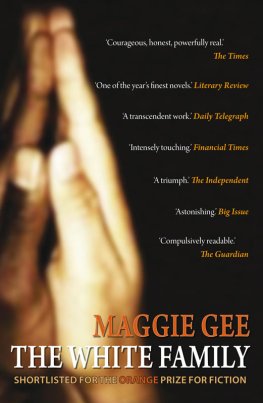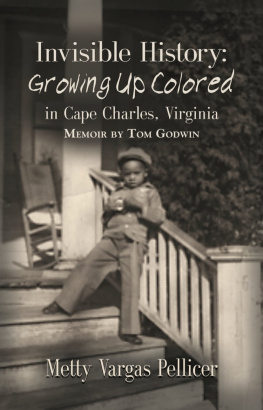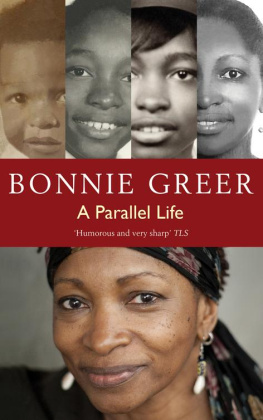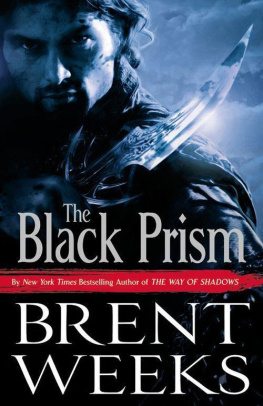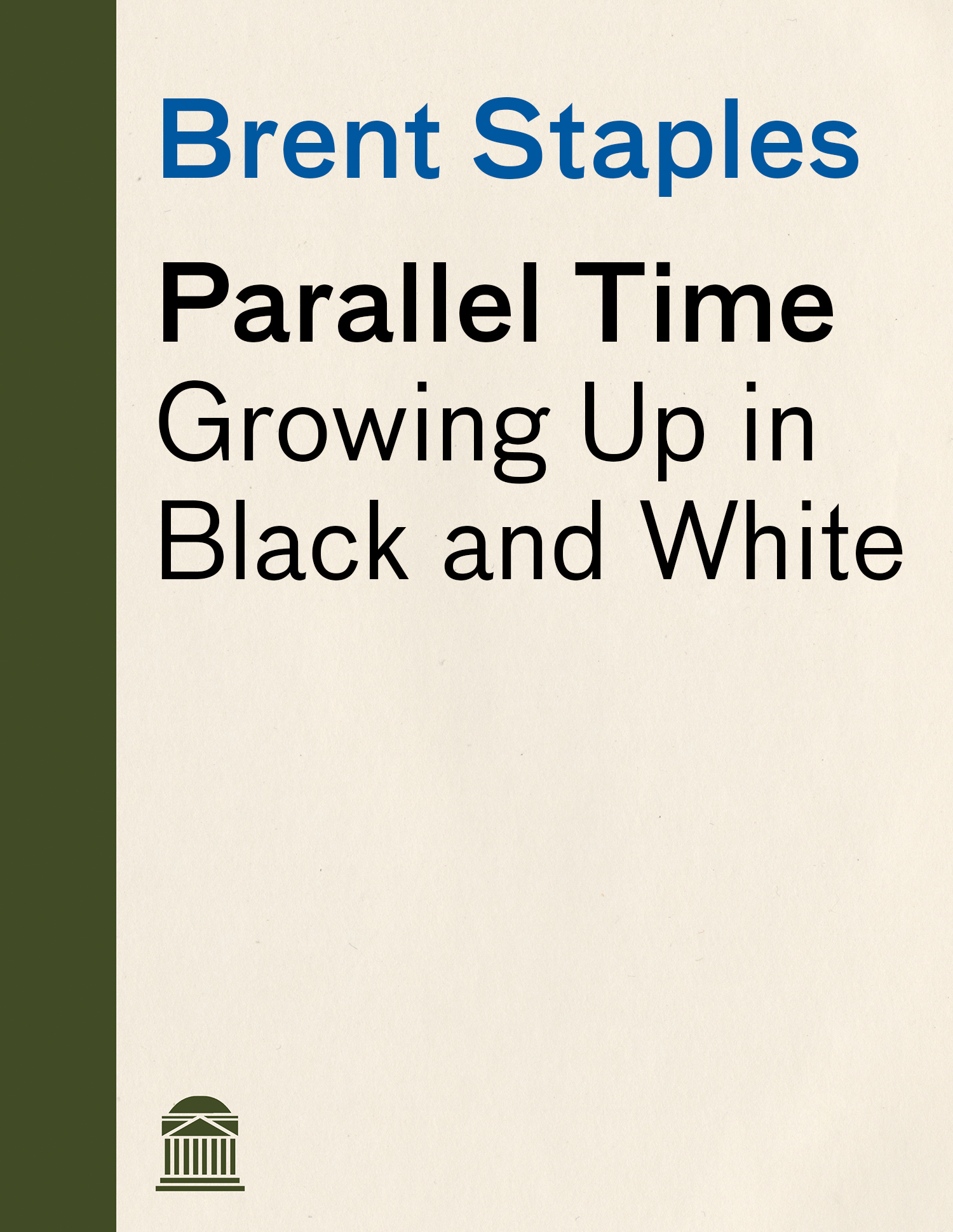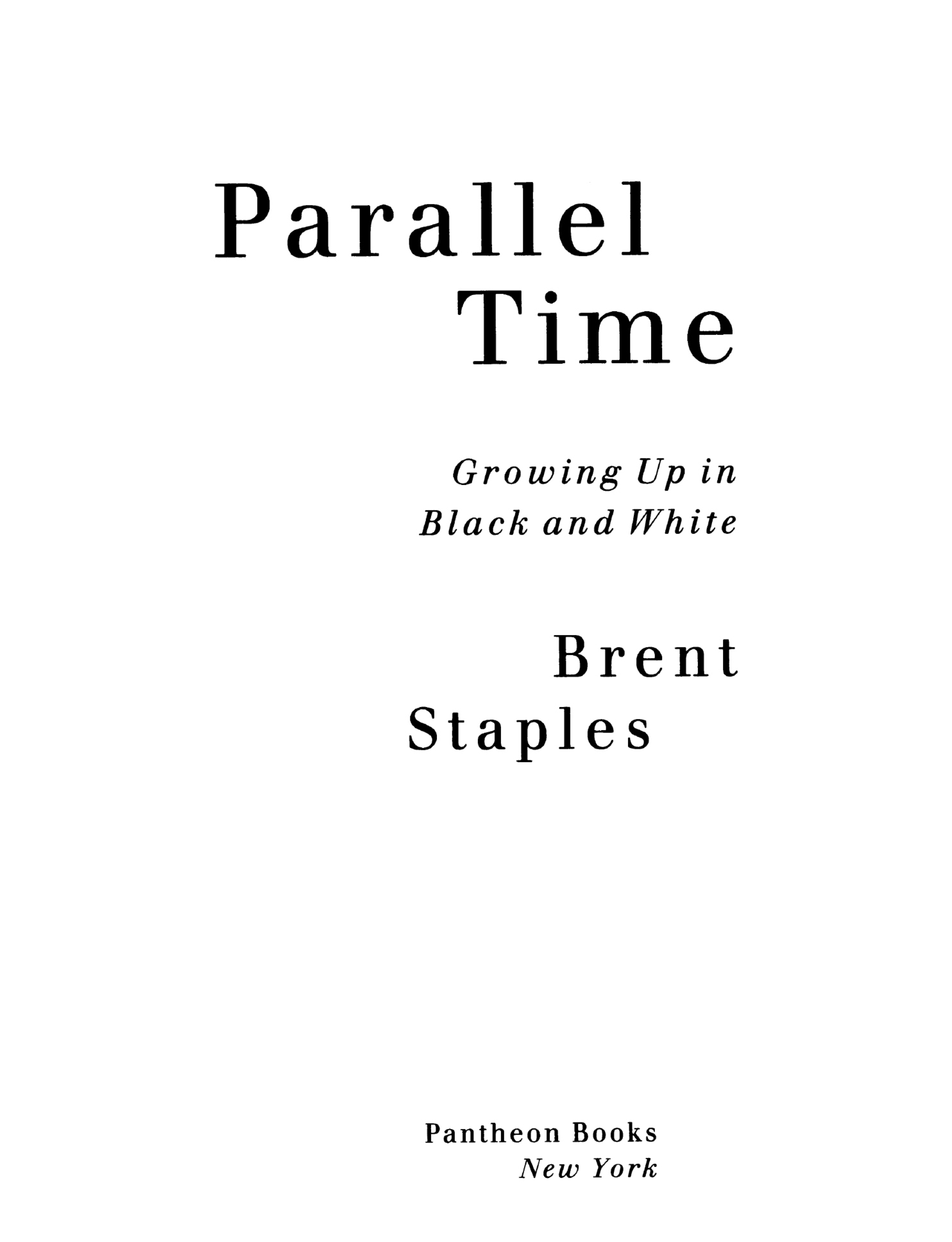Contents
Copyright 1994 by Brent Staples
All rights reserved under International and Pan-American Copyright Conventions. Published in the United States by Pantheon Books, a division of Random House, Inc., New York, and simultaneously in Canada by Random House of Canada Limited, Toronto.
Library of Congress Cataloging-in-Publication Data
Staples, Brent A., 1951
Parallel time / Brent Staples.
p.cm.
ISBN 0-679-42154-8
1. Staples, Brent, 1951 2. JournalistsUnited StatesBiography. 3. Newspaper editorsUnited StatesBiography. 4. Afro-AmericansBiography. I. Title.
PN4874.S67S731994
070.41092dc20
[B]93-24258
Ebook ISBN9781524747480
v4.1
a
For Eugene Sparrow (1921-1978):
Amazing Grace
Contents
|| The Coroners Photographs
M y brothers body lies dead and naked on a stainless steel slab. At his head stands a tall arched spigot that, with tap handles mimicking wings, easily suggests a swan in mourning. His head is squarish and overlarge. (This, when he was a toddler, made him seem top-heavy and unsteady on his feet.) His widows peak is common among the men in my family, though this one is more dramatic than most. An inverted pyramid, it begins high above the temples and falls steeply to an apex in the boxy forehead, over the heart-shaped face. A triangle into a box over a heart. His eyes (closed here) were big and dark and glittery; they drew you into his sadness when he cried. The lips are ajar as always, but the picture is taken from such an angle that it misses a crucial detail: the left front tooth tucked partly beyond the right one. I need this detail to see my brother full. I paint it in from memory.
A horrendous wound runs the length of the abdomen, from the sternum all the way to the pubic mound. The wound resembles a mouth whose lips are pouting and bloody. Massive staplelike clamps are gouged into these lips at regular intervals along the abdomen. This is a surgeons incision. The surgeon was presented with a patient shot six times with a large-caliber handgun. Sensing the carnage that lay within, he achieved the largest possible opening and worked frantically trying to save my brothers life. He tied off shattered vessels, resectioned the small intestine, repaired a bullet track on the liver, then backed out. The closing would have required two pairs of hands. An assistant would have gripped the two sides of the wound and drawn them together while a second person cut in the clamps. The pulling together has made my brothers skin into a corset that crushes in on the abdomen from all sides. The pelvic bones jut up through the skin. The back is abnormally arched from the tension. The wound strains at the clamps, threatening to rip itself open. The surgeon worked all night and emerged from surgery gaunt, his greens darkened with sweat. I tied off everything I could, he said, and then he wept at the savagery and the waste.
This is the body of Blake Melvin Staples, the seventh of my familys nine children, the third of my four brothers, born ten years after me. I know his contours well. I bathed and diapered him when he was a baby and studied his features as he grew. He is the smallest of the brothers, but is built in the same manner: short torso but long arms and legs; a more than ample behind set high on the back; knocking knees; big feet that tend to flat. The second toe is also a signature. It curls softly in an extended arc and rises above the others in a way thats unique to us. His feelings are mine as well. Cold: The sensation moves from my eyes to my shoulder blades to my bare ass as I feel him naked on the steel. I envision the reflex that would run through his body, hear the sharp breath he would draw when the steel met his skin. Below the familiar feet a drain awaits the blood that will flow from this autopsy.
The medical examiner took this picture and several others on February 13, 1984, at 9:45 A . M . The cameras flash is visible everywhere: on the pale-green tiles of the surrounding walls, on the gleaming neck of the spigot, on the stainless steel of the slab, on the bloody lips of the wound.
The coroners report begins with a terse narrative summary: The deceased, twenty-two-year-old Negro male, was allegedly shot by another person on the premises of a night club as a result of a long standing quarrel. He sustained multiple gunshot wounds of the abdomen and legs and expired during surgery.
Blake was a drug dealer; he was known for carrying guns and for using them. His killer, Mark McGeorge, was a former customer and cocaine addict. At the trial Marks lawyer described the shooting as a gunfight in which Blake was beaten to the draw. This was doubtful. Blake was shot six times: three times in the back. No weapon was found on or near his body. Blakes gunbearer testified that my brother was unarmed when Mark ambushed and gunned him down. But a gunbearer is not a plausible witness. A drug dealer known for shooting a rival in plain public view gets no sympathy from a jury. The jury turned back the prosecutions request for a conviction of murder in the first degree. Mark was found guilty of second-degree murder and sentenced to seven years in jail. Five years for the murder. Two years for using the gun.
Blake is said to have cried out for his life as he lay on the ground. Please dont shoot me no more. I dont want to die. Please dont shoot me no more. I dont want to die. His voice had a touch of that dullness one hears from the deaf, a result of ear infections he suffered as a child. The ear openings had narrowed to the size of pinholes. He tilted his head woefully from side to side trying to pour out the pain. His vowels were locked high in his throat, behind his nose. This voice kept him a baby to me. This is the voice in which he would have pleaded for his life.
The coroner dissects the body, organ by organ:
HEART : 300 grams. No valve or chamber lesions. Coronary arteries show no pathologic changes.
LUNGS : 900 grams combined. Moderate congestion. Tracheobronchial and arterial systems are not remarkable.
LIVER : 1950 grams. There is a sutured bullet track at the interlobar sulcus and anterior portion of the right hepatic lobe. There has been moderate subcapsular and intraparenchymal hemorrhage.
SPLEEN : 150 grams. No pathologic changes.
KIDNEYS : 300 grams combined. No pathologic changes.
ADRENALS : No pathologic changes.
PANCREAS : No pathologic changes.
GI TRACT : The stomach is empty. Portions of the small bowel have been resected, along with portions of the omentum. The bowel surface is dusky reddish-brown, but does not appear gangrenous.
URINARY BLADDER : Empty.
NECK ORGANS : Intact. No airway obstructions.
BRAIN : 1490 grams. Sagittal and serial coronal sections show no discrete lesions or evidence of injury.
SKULL : Intact.
VERTEBRAE : Intact.
RIBS : Intact.
PELVIS : There is a chip fracture of the left pubic ramus, and there is also fracturing of the right pubic ramus. There is extensive fracturing of the left femur, and there is a through-and-through bullet wound of the right femur just below the hip joint.
The coroner describes the wounds in detail. The surgical incision and its grisly clamps are dismissed in a single sentence. The six bullet holes receive one full paragraph each. The coroner records the angle that each bullet traveled through the body, the organs it passed through along the way, and where it finally came to rest. With all this to occupy him, the coroner fails to note the scar on Blakes left hand. The scar lies in the webbing between the thumb and index finger and is the result of a gun accident. A shotgun recoiled when Blake fired it and drove the hammer deep into the web, opening a wound that took several stitches to close.




